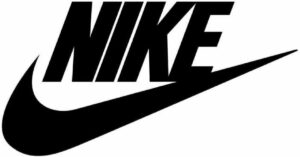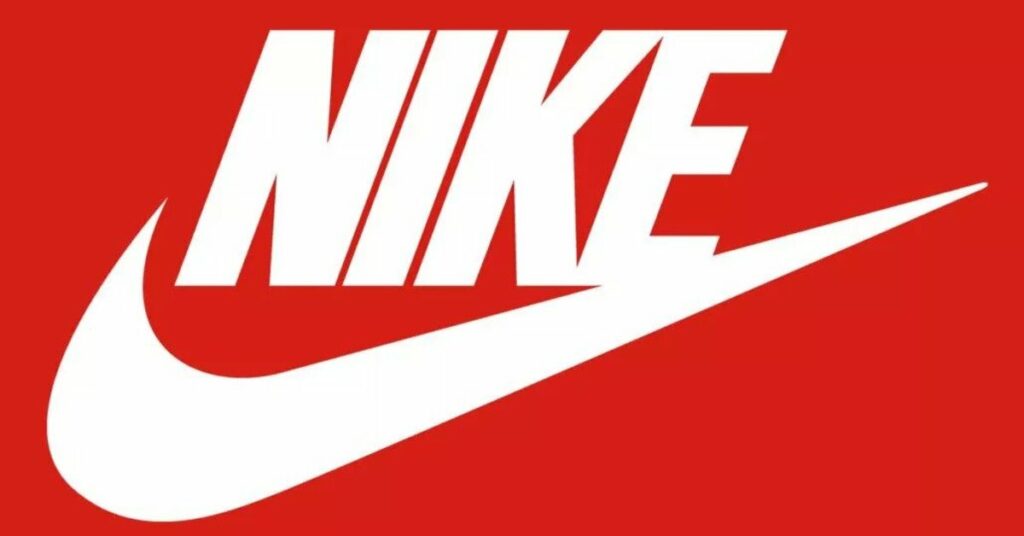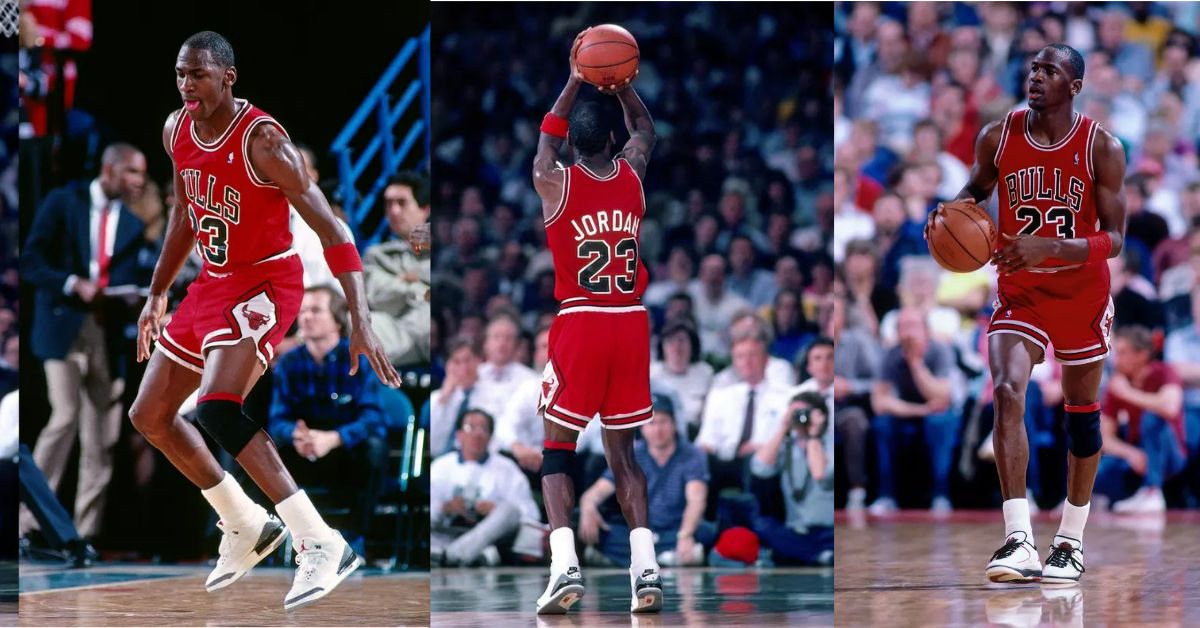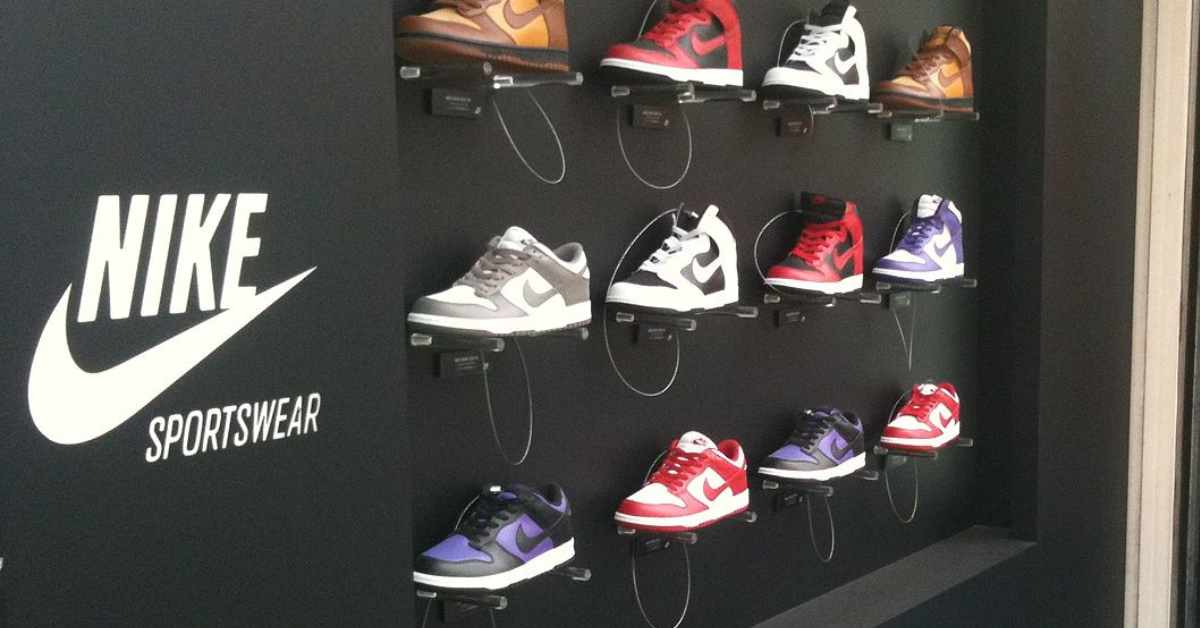NIKE is a world-renowned brand known for its high-quality athletic shoes and sportswear. The brand has a fascinating history, from its humble beginnings as Blue Ribbon Sports to its current status as one of the most valuable brands in the world. Through this post, I would like to guide you through the story behind the brand, its iconic tagline and logo, and its rise to global success.
The Founding of NIKE
NIKE was co-founded by Phil Knight and Bill Bowerman in 1964. Phil Knight, now a billionaire businessman, began his career as a sports reporter and accountant. He earned awards for his track performances in the late 1950s while he was studying at university. His track-and-field coach was none other than Bill Bowerman.
Combining his love for running and his newly acquired business skills, Phil launched his shoe company called Blue Ribbon Sports with the objective of importing high-quality and low-cost running shoes from Japan into the American market. Seven years later, in 1971, the company had grown to fifty employees. The collaboration with the Japanese shoe supplier had ended, and Phil chose a shoe factory in Mexico that had been endorsed by Adidas to manufacture his shoes. He also needed a new name for his first order of leather soccer shoes, which he would sell as football shoes. At the last minute, he received one more suggestion from Jeff Johnson, the company’s first employee, and Phil chose Nike, the name of the Greek winged goddess of victory.
Just Do It: The Iconic Tagline
In 1987, Nike was preparing to launch its first major television campaign, which included commercials for running, walking, cross-training, basketball, and women’s fitness. Creative agency Wieden+Kennedy had been hired to create and run the campaign. Each spot was developed by a different creative team, and Dan Wieden, founder of the agency, felt the campaign needed a tagline that would bring everything together. In a 2009 documentary about advertising, Dan confessed that he took inspiration from a convicted murderer’s last words to the firing squad before his execution: “Let’s do it!” Nike didn’t feel like the campaign needed the tagline but allowed it nonetheless. Just Do It is among the most popular taglines in the world. In just three words, this simple tagline empowers athletes everywhere to stop overthinking and just take the first step.
The Evolution of the Nike Logo: From BRS to the Famous ‘Swoosh’
The Nike Swoosh is one of the world’s most recognizable logos. It’s been around since 1971, when it was designed by graphic design student Carolyn Davidson. Since then, the logo has been used on a variety of products and has become a symbol of positivity, inclusiveness, and fun.
Let’s take a look at the history of the Nike Swoosh logo and how it’s evolved over the years.
Blue Ribbon Sports (1964-1971)

The Nike Swoosh logo first appeared in 1964, when the company was known as Blue Ribbon Sports. The logo was a set of interlacing letters (BRS) with the full name of the company underneath. This design wasn’t super-legible, but was perfectly serviceable at the time.
Nike (1971-1978)

In 1971, Blue Ribbon Sports officially changed its name to Nike, in honor of the Greek goddess of victory. Carolyn Davidson was commissioned to design the iconic Swoosh logo and Phil Knight, the company’s co-founder, chose it from many different options. Upon first seeing Davidson’s design, Knight said: “I don’t love it, but it will grow on me.”
Swoosh Becomes Solid (1978-1985)

In 1978, the Swoosh switched from a line drawing to a solid, black checkmark. The Nike wordmark also changed from a cursive script to italic, all-caps in Futura Bold. This new mark was much more geometric and imposing.
Color Change (1985-1995)

In 1985, the logo got a color change, with the lettering and Swoosh going white against a red background. From 1988 onwards, this was often teamed with the new Nike motto, ‘Just Do it’.
Symbol-Only Logo (1995-present)

By 1995, the Swoosh was so well known that the wordmark was dropped altogether. This made it easy to embed or embroider the logo onto Nike shoes and clothing. It also made it recognizable around the world, regardless of language.
The Nike Swoosh logo has come a long way since it was first created by Carolyn Davidson in 1971. From a set of interlacing letters to a solid, black checkmark, the logo has been used in a variety of different forms over the years. It has become a symbol of positivity, inclusiveness, and fun and is recognized around the world.
Michael Jordan and NIKE’s Rise to Global Success

In 1984, Michael Jordan was the undisputed star of basketball. He wanted to sign with Adidas, but Nike made him a better offer, namely $ 500,000 a year for five years and the opportunity to design his own line of shoes. Listening to his parents’ advice, Michael Jordan said yes to Nike’s offer. The next year, Nike launched the first pair of Air Jordans onto the market. The new shoe was insanely successful. The company sold $126 million worth of Air Jordans in the first year of the deal. A new edition of the shoe dropped every year of Jordan’s playing career. Michael Jordan’s collaboration with Nike helped the brand become the leading athletic shoe manufacturer in the world.
NIKE’s Contribution to the Sneakerhead Culture

The sneakerhead culture began in the 1970s, but Nike’s deal with Michael Jordan contributed to its global development. Last year, Financial Times estimated the sneaker resale market was close to US$ 2 billion. The Jordan brand, a subsidiary of Nike, continues to largely drive sneaker sales, generating $US3.14 billion in revenue between May 2018 and May 2019. The Air Jordan 1 is widely credited as the shoe that began sneaker culture. The rarest and most desirable sneaker ever made is the Nike MAG, the sneakers worn by Marty McFly in Back to the Future II 1989 movie.
Innovation, Inspiration, and Excellence Unleashed
NIKE’s success story is a testament to the power of a great brand name, a catchy tagline, and strategic collaborations. From its humble beginnings importing Japanese running shoes to its domination of the athletic shoe market, NIKE has become a household name around the world. The company’s impact on sneakerhead culture continues to be felt today. As the brand continues to evolve and expand, one thing is certain: NIKE will always be associated with innovation, inspiration, and the pursuit of excellence.



